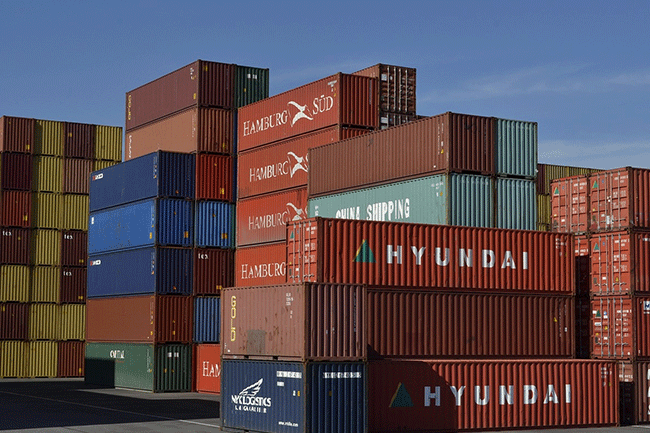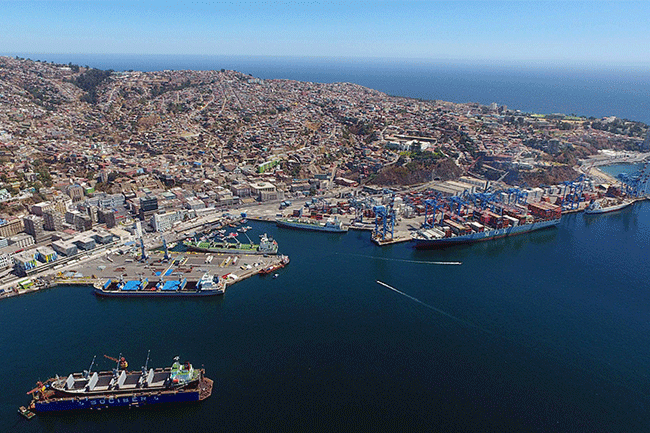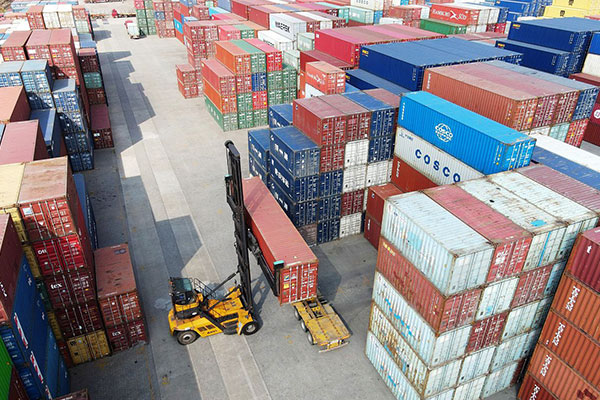- Shanghai Zhongshen International Trading Co., Ltd. – Your reliable partner with 20 years of import/export agency service expertise.

I. New Dynamics in China-Japan Food Trade: Market Opportunities and Policy Environment for Japanese Cake Imports
In recent years, with the entry into force of the RCEP (Regional Comprehensive Economic Partnership Agreement), the facilitation of China-Japan trade has improved markedly, and the scope of tariff concessions on food products has expanded. According to China Customs data, from January to October 2023 China’s total food imports from Japan rose 18.7 % year on year, with bakery products (including cakes) up 22 %, reflecting sustained growth in domestic consumer demand for high-quality Japanese baked goods.
Against this backdrop, Japanese cakes—valued for premium ingredients such as Hokkaido milk and Uji matcha and for meticulous craftsmanship—have become a star category in the imported-food market. It should be noted, however, that China’s customs inspections and quarantine requirements for imported food are tightening, covering registration of overseas production facilities, verification of product hygiene standards, and more. Going it alone means grappling with complex documentation, temperature-controlled logistics, and uncertain clearance timelines; professionalforeign tradeThe value of proxy services is becoming increasingly prominent.
II.Import Agent ServicesCore Competency: Professional mastery of documentation processing and logistics management
(1) Document Processing: The "Pass" for Full-Chain Compliance
The key documents for importing Japanese cakes must strictly comply with the requirements of China Customs and inspection and quarantine authorities; the core competitiveness of agency services lies in the precise review and efficient declaration of these documents. Common documents include:
- Official documents: The "Food Export Certificate" issued by Japan's Ministry of Health, Labour and Welfare, and the "Sanitary Certificate for Export to China" (which must indicate the product ingredients and the registration number of the manufacturing enterprise),Origin Certificate(FORM E, eligible for RCEP agreement tariff rates);
- Commercial documents: Packing list (must indicate weight and specifications of each carton), commercial invoice (must match the contract amount), bill of lading (B/L),Maritime transportThe refrigerated container clause must be selected);
- Supporting documents: Ingredient test report (including additive types and limits), shelf-life declaration (must cover at least one-third of the shelf life after arrival at the port).
Agencies must focus on verifying document consistency: for example, whether the product name on the bill of lading matches the HS code on the customs declaration (1905.9000, other bread and pastry), and whether the production-enterprise number on the health certificate is identical to the one listed in the General Administration of Customs’ “Register of Overseas Food Production Enterprises for Import.” There have been cases where the absence of an RCEP origin qualification on the certificate of origin forced companies to pay an extra 5 % in duties; a professional agent can spot and avert such risks in advance.
(II) Logistics Management: Safeguarding the “Last Mile” of Cold-Chain Transportation
Japanese cakes are mostly perishable items containing cream and fruit, requiring strict control of transport temperature (usually 0–4 °C) and timeliness (sea transit must be kept within 15 days).Air freight72-hour port arrival) demands are extremely high. The agency service must exercise control over the following stages:
- Selection of transportation methods: High-value, low-volume orders are prioritized for air freight (e.g., direct flights from Tokyo Narita to Shanghai Pudong) to minimize in-transit risk; large-volume orders move in refrigerated sea containers (Reefer Containers), and the carrier must confirm that the cold-chain data recorder (VDR) function is active to ensure temperature logs remain traceable.
- Port Coordination: Japanese loading ports (e.g., Yokohama, Kobe) must coordinate with the terminal for priority loading to prevent temperature fluctuations caused by reefer containers being stranded in the yard; after arrival in China, the agent must apply to Customs in advance for “priority inspection” and coordinate accordinglyTow truckThe company is equipped with cold-chain vehicles featuring GPS temperature-controlled monitoring, ensuring a “zero broken chain” from port to warehouse.
- In-transit monitoring: Real-time acquisition of reefer temperature and location data through the Transportation Management System (TMS); deviations beyond ±2 °C trigger instant alerts, and the agency team responds 24/7 to arrange temporary storage at the nearest cold warehouse.
III. Full-Process Agency Service: 9 Key Nodes from Order to Delivery
Based on 20 years of agency experience,Zhong Shen International Trade Co., Ltd.Break the Japanese cake import process down into 9 key nodes, each paired with a tailored professional solution:
- Client Consultation: Specify the product type (frozen/chilled cake), import volume (FCL/LCL), and destination port (Shanghai/Guangzhou/Tianjin); assess whether special ingredients (e.g., alcohol, dairy) require additional declarations.
- Negotiation and Contract Signing: Review the “quality clause” in the contract (e.g., “a microbiological test report issued within 48 hours before shipment must be provided”) and the “risk-transfer clause” (which clarifies how responsibility is allocated if the goods are damaged or lost in transit). It is recommended to adopt the CIF term (Cost, Insurance and Freight) and have the agent arrange All Risks coverage for refrigerated cargo.
- Orders & Payment: Arrange production with the Japanese supplier per the contract; recommended payment method?L/C?(L/C) or telegraphic transfer (T/T) in combination. If it involves RussiaRe-export Services, VTB Bank (Sberbank of the Russian Federation) can provide ruble settlement services to mitigate exchange-rate volatility risks (as VTB is Russia’s principal clearing bank,Convert foreign exchange into RMBThe handling fee is 1–2 percentage points lower than that of conventional banks).
- Production supervision: Deploy QC personnel (or entrust a third party) to the Japanese plant to verify raw-material batches (e.g., whether the cream comes from an FSSC 22000-certified supplier), the production environment (workshop temperature must be ≤18 °C), and packaging compliance (a draft Chinese pre-packaged label must be attached).
- Logistics Management: When booking, note “Reefer Cargo” to obtain the carrier’s reefer temperature-setting confirmation; after loading, forward the B/L copy to the customer so they can prepare customs-clearance documents in advance.
- Customs Compliance: When pre-entering the customs declaration, accurately report the “Specifications and Model” (e.g., “6 inches/box”) and “Storage Conditions” (“0–4 °C refrigerated”), calculate the customs duty (8 % under RCEP rate, 10 % under MFN rate) and VAT (13 %); cooperate with customs in carrying out “sampling inspection” (testing items include total plate count and Escherichia coli), with results usually available within 3–5 working days.
- Delivery and DistributionAfter customs clearance, arrange delivery to the designated warehouse or store according to customer requirements, and provide “l(fā)ast-mile” cold-chain delivery service resources (e.g., JD Cold Chain, SF Cold Transport) to ensure the terminal temperature meets the standard.
- Quality Assurance: Upon customer receipt, check the “Damage Report”; if transport-related spoilage is found (e.g., cream melted or moldy), the agent assists in submitting claim documents to the insurer (reefer VDR records and a third-party inspection report must be provided).
- Summary Feedback: Issue the "Import Agency Service Report," including logistics timeliness analysis (e.g., "12 days from Yokohama to Shanghai") and a detailed cost breakdown (ocean freight + customs clearance fees + warehousing fees), to help clients optimize their next import plan.
IV. Certification Reminder: Compliance preparations that customers must complete on their own
Please note: Zhongshen International Trade does not directly provide product-certification services; however, it will clearly inform clients of all mandatory certification requirements to prevent customs-clearance delays.
- Registration of Overseas Food Manufacturers for Import (CIA): Japanese cake manufacturers must register in the General Administration of Customs of China’s “Registration System for Overseas Food Production Enterprises for Import” (registration number format: JPN + 6 digits). Customers should verify in advance whether their supplier is on the approved list (available on the official website of the General Administration of Customs).
- Chinese label filing: Pre-packaged cakes must carry a Chinese label that complies with GB 7718 (General Rules for the Labeling of Pre-packaged Foods), including the product name, ingredient list, production date, shelf life, storage conditions, etc. Clients are advised to commission a third-party testing agency (e.g., SGS, CTI) to complete the label review.
- Other Special Certifications: If the cake contains dairy products (e.g., cheese), an additional “Dairy Product Sanitary Certificate” issued by the Japanese authorities is required; if it contains alcohol (e.g., rum flavoring), a “Liquor Import License” must be declared (the customer applies for this on their own from the Ministry of Commerce).
V. Common Issues and Solutions: Helping You Avoid Import Risks
-
Q: The declaration was rejected during customs clearance due to discrepancies in the sanitary certificate information. How should this be handled?
A: A common issue is that the “Manufacturer Name” on the certificate does not match the actual factory (e.g., the group parent company is listed instead of the producing plant). The agent can help the client contact Japan’s Ministry of Health, Labour and Welfare to reissue a corrected certificate and simultaneously apply to customs for a “l(fā)ate-declaration penalty waiver” (a written explanation and proof of certificate amendment must be provided). -
Q: In cold-chain transport, the temperature exceeded the limit, causing some cakes to spoil. How is liability allocated?
A: If the reefer container’s VDR log shows the temperature excursion occurred before loading (e.g., the cargo was not pre-cooled at the factory), the supplier is liable; if it happened during transit (e.g., the carrier’s refrigeration unit failed), a claim can be filed against the carrier or the insurer (a written protest must be submitted within 24 hours after arrival at the port). -
Q: How do I apply for an RCEP certificate of origin, and will it affect customs duties?
A: Japanese suppliers must apply for the FORM E certificate of origin from their local chamber of commerce (e.g., the Japan External Trade Organization, JETRO), clearly stating the “origin-qualifying criterion” (e.g., “wholly obtained” or “regional value content ≥ 40 %”). If a valid certificate of origin is not provided, customs will levy duties at the MFN rate; on a shipment valued at RMB 1 million, this results in an additional RMB 20,000 in tariffs.
? 2025. All Rights Reserved.










